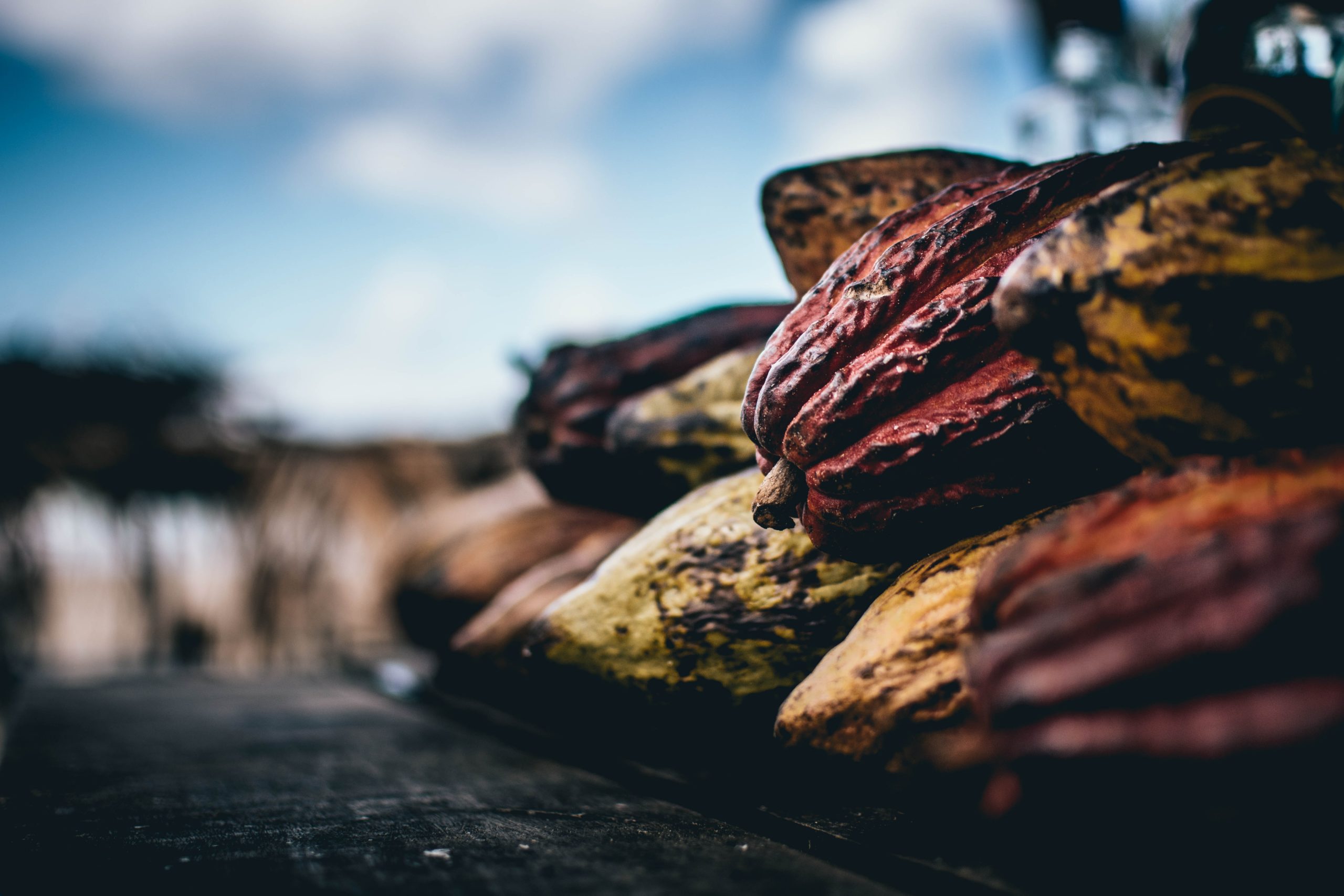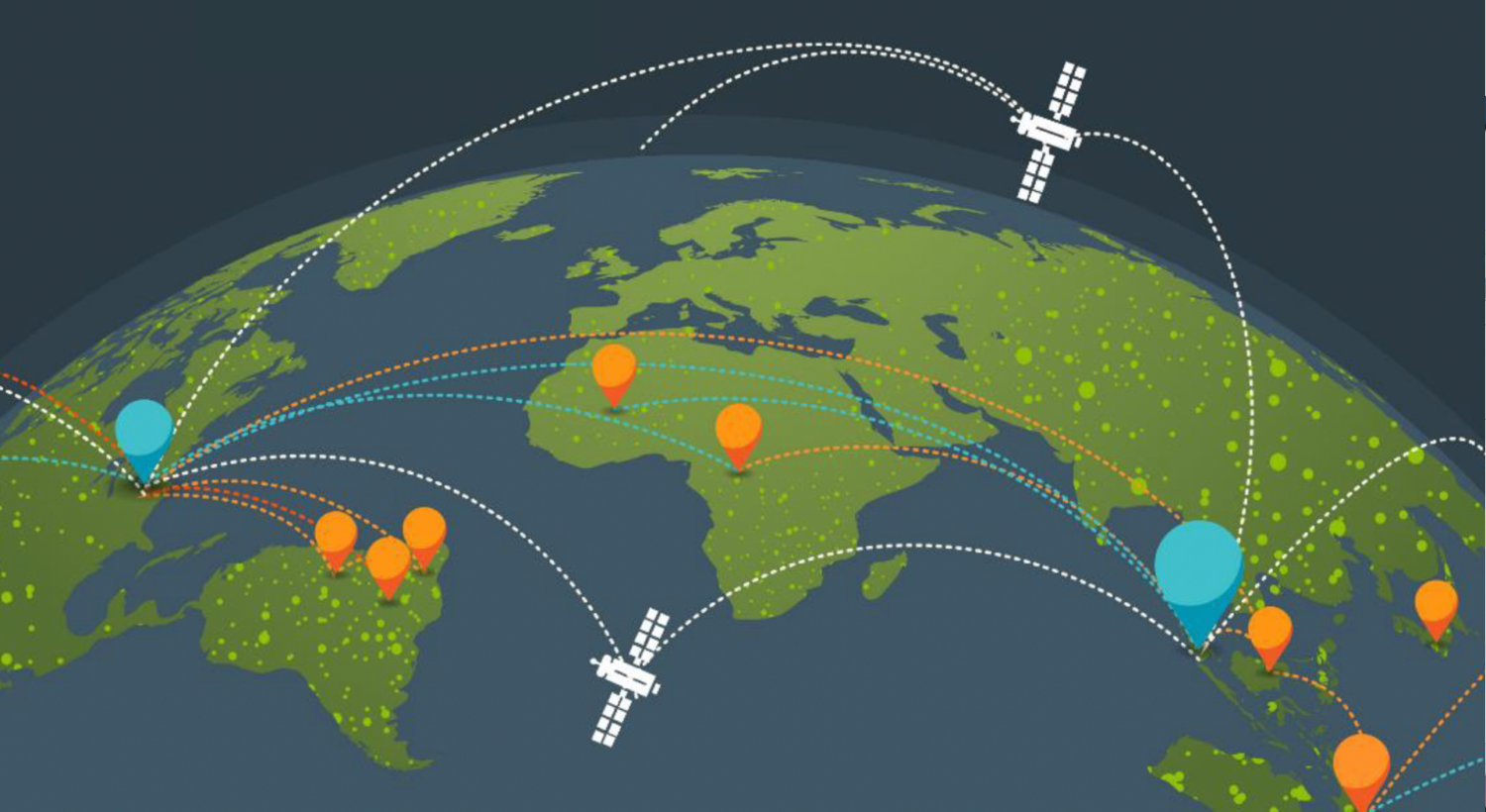
Agroforestry: How do Chocolate Companies Compare?
Dr Cristiana Bernardi
Cristiana Bernardi is a Senior Lecturer in Accounting and Financial Management at The Open University Business School (UK).
This blog post is one of a series linked to the publication of the 2022 Chocolate Scorecard company sustainability rankings. To view the 2022 Chocolate Scorecard please go to https://beslaveryfree.com/chocolate
Agroforestry: the Future of Cocoa Farming
Over recent years, the practice of agroforestry has been gaining momentum in cocoa production, as farmers recognise the importance of protecting their land to mitigate the risks posed by climate change and experience the benefits of mixed cropping for their food and livelihood security.
The UN Food and Agriculture Organization (FAO) defines agroforestry as: “(…) a dynamic, ecologically based, natural resource management system that, through the integration of trees on farms and in the agricultural landscape, diversifies and sustains production for increased social, economic and environmental benefits for land users at all levels”.
When experts refer to cocoa grown in regenerative or ‘nature positive’ agricultural systems, they are often actually referring to robust agroforestry methods of cocoa growing. Scientific research demonstrates that agroforestry cocoa systems are better for the planet, as they can increase carbon sequestration, improve soil health and air moisture retention, support biodiversity, as well as deliver substantial enhancement of farmers’ food security and income diversification. When farmers monocrop, they are hostage to the vicissitudes of market shocks in the price of cocoa; when they produce multiple crops to diversify their income, this can protect them if a market shock occurs. Overall, when crafted properly, agroforestry cocoa systems are a win-win for people and the planet, farmers, and forests.
These benefits are not abstract. A recent study from the UN Environment Programme World Conservation Monitoring Centre (UNEP-WCMC), in collaboration with the UN-REDD Programme and the CocoaSoils initiative, outlines the potential for targeted cocoa agroforestry implementation to help restore forest cover in the Côte d’Ivoire, the biggest cocoa producer country in the world. The researchers found that “implementing agroforestry in current cocoa growing areas alone could potentially help to store an extra 120 million metric tons of carbon.” They also predict that “assuming the full potential for cocoa agroforestry is met in these areas, the national goal of 20% forest cover could be met” for Côte d’Ivoire.
Industry Progress?
For companies that source, trade or process cocoa, the production system under which that cocoa is grown therefore plays a huge role in the overall sustainability of their supply chain. The extent to which companies source from and/or support agroforestry cocoa was, therefore, a key component of the 2022 Chocolate Scorecard. We analysed company responses in the following areas for this category:
- Any agroforestry policy – and its definition;
- Application of the agroforestry policy, globally or to West Africa only;
- Assessment and monitoring of the agroforestry policy;
- Support for and investment in farmers within the supply chain to transition to agroforestry growing methods; and
- A target year to source 100% of the cocoa grown in an agroforestry setting.
Despite the wide array of ecological benefits that can be achieved with cocoa agroforestry systems, and the recent progress in industry embracing agroforestry, the results from our questionnaire reveal that as of now agroforestry in the cocoa sector is still far from its potential. As a result, the global transition from monocropping cocoa to diverse agroforestry systems has a long way to go.
To begin with, we note from our findings for the Chocolate Scorecard that a clear and widely agreed upon-definition of agroforestry is not in place across the cocoa industry. . As of today, a unified definition remains elusive. Even where some consensus can be found with clusters of companies agreeing on some definitions – such as through Rainforest Alliance (RA) the Cocoa & Forests Initiative (CFI), and the Initiative on Sustainable Cocoa (ISCO) – they are not entirely suitable definitions. Analysts have found that these definitions frequently fall short of:
(i) being farmer-centric;
(ii) considering an adequate number of trees per hectare;
(iii) using an adequate percentage of shade per hectare;
(iv) defining an adequate number of canopy heights;
(v) prioritising native trees over invasive species; and
(vi) conducting adequate follow up to ensure the system isn’t failing.
Therefore, it is of utmost importance for the cocoa industry and the governments of cocoa-producing nations to agree on what is meant by agroforestry, and for that shared definition to be based on the best available science.
Further, it could be argued that the development of agroforestry systems has not been addressed sufficiently in policy formulation. Both legal restrictions on land management and complex taxation frameworks hinder the development of agroforestry. Unless agroforestry is promoted and regulated through specific policies, it is unlikely that considerable steps forwards will be taken.
Another major challenge related to cocoa agroforestry is the inadequacy of monitoring systems. This is vital because, in some agroforestry projects, up to 90% of the non-cocoa trees planted end up dying. Monitoring to ensure continuity and success is therefore crucial. Despite numerous tree distribution campaigns in Côte d’Ivoire, the survival rate of distributed trees is less than 2%. Consequently, providing intensive training, education, and collaborative work with cocoa farmers and farm workers are critical to ensuring the successful transition from monoculture to agroforestry.
Monitoring agroforestry will require investing in technologies and process development for national traceability systems and farm mapping as well as aboveground carbon assessments with satellite mapping. Monitoring progress should be carried out on a regular basis in a collaborative and inclusive manner to enable local civil society and farmers to take part in the monitoring process alongside satellite mappers, scientific experts, government officials, and industry representatives.
Last but not least, the concepts of agroforestry and zero-deforestation are often confused. Agroforestry is not a replacement for natural forests, although it can contribute to compensating for past deforestation to a minor degree.
Despite these shortcomings, we were pleased to see that the 2022 Chocolate Scorecard revealed a massive uptick in the industry’s ambition and investment in agroforestry systems compared to the previous editions.
Chocolate Scorecard survey results
Grading for the Agroforestry theme was not always straightforward. According to the survey, most companies have an agroforestry policy that applies to all regions they source from. A global policy would be ideal.
- Only a minority of the respondents have an agroforestry policy that exclusively applies to West African sourcing. Companies with a West African only policy, should revise it to make it global.
- A small number of companies admitted to not having an agroforestry policy at all. This is not acceptable. All companies that buy cocoa should have an agroforestry policy.
- Not all the companies provided us with clear-cut percentages of vegetation coverage, canopy cover, and species per hectare required. In some cases, narrative accounts were provided as an attempt to respond to the question. Further, we observed a number of companies not disclosing any figures at all.
- Points were allotted for companies’ definitions of agroforestry. The better the definition, the better the score.
- Points were allotted for the percentage of cocoa grown already in agroforestry systems. Again, the higher the percentage, the better the score.
- Points were allotted for improvements as well, and for efforts to switch from monocropping to agroforestry systems. The bigger the switch, the better the score.
- Points were allotted for the percentage of cocoa grown with RA certification, as RA does include a focus on agroforestry systems, and works with farmers to continuously improve their agroforestry performance. The higher the percentage, the better the score.
- Points were allotted for monitoring.
- A few front-runner companies explicitly declared a target year to source 100% of their cocoa grown in an agroforestry setting.


